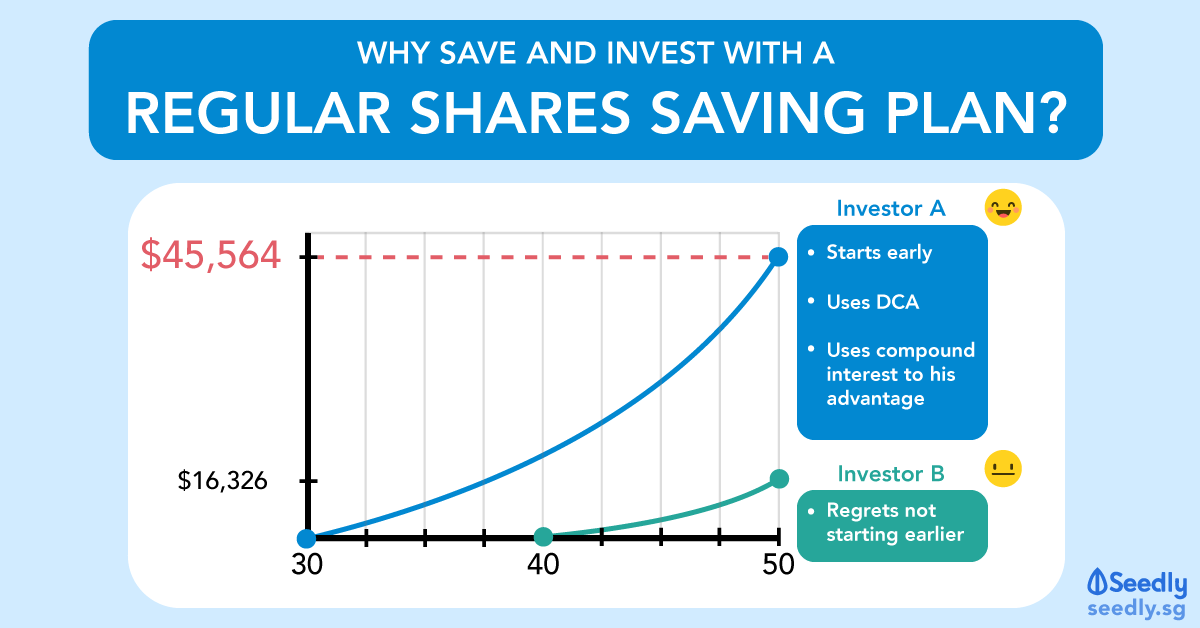Advertisement
Is it really worth it to invest in VOO or other ETFs via a regular shares savings plan? Or is it better to invest a lump sum and hold it for the long term?
4
Discussion (4)
Learn how to style your text
Joey Gaeth
29 Jul 2020
BSc Economics at London School of Economics and Political Science
Reply
Save
If you are investing for the long-term, do RSP. Build your position slowly and gradually to avoid large swings in your PnL. However, RSP need not be just plain vanilla fixed cost investment every month/quarter. It can be improved with some simple calculations. I have written this example in many other posts, you can refer to them via my profile. Let's use VOO US as an example.
Before everything else, it will be great to gather the full historical data of this fund at https://sg.finance.yahoo.com/quote/VOO/history?.... There are no short-cuts in investing, gather data, analyze them and do your homework. It's worth it.** **
-This fund is incepted in 2010
-Since then, there are 40 quarters worth of data in this fund
-33 quarters (including current) generated positive returns. Probability to make money in a quarter: 33 / 40 = 82.5%
-7 quarters generated negative returns. Probability to lose money in a quarter: 7 / 40 = 17.50%
-The average (+) and (-) returns are currently at 5.87% and -8.18% respectively.
-From this simple analysis, you know the odds are in favour of positive quarters. Therefore, stick to a fixed RSP amount between the white zone. This represents times of 'normality'. When the price goes above the average (+) return level (green zone), reduce your RSP investment as price is slightly overextended. When the price goes below the average (-) return level (red zone), increase your RSP as such times are extremely RARE.
Note: As you consistently update your data, the average returns will change accordingly. A good habit to keep track of how things are moving in the market from time to time. Hope it helps.
You can get more charts of this fund over here: https://dl.orangedox.com/fund-analysis-pdfs
File Name: VANGUARD S&P 500 ETF (VOO US Equity)_updated_290720
Reply
Save
You do not need savings plands, they produce more costs = less performance.
(However they they lead...
Read 1 other comments with a Seedly account
You will also enjoy exclusive benefits and get access to members only features.
Sign up or login with an email here
Write your thoughts
Related Articles
Related Posts
Related Posts
Advertisement








Using RSP to DCA definitely eats into your costs over long term, no doubt, esp if you're talking for 10years. Also research and statistics have shown over long term (>10y), the market always rises, and lump sum by 3 quarter of the time will beat out DCA approach. DCA is a good discipline if you're still a student who's not too knowledgeable in financial investing and do not have the time to monitor the stock market.
If you feel unsafe investing a lump-sum, you can always invest quarterly every 3months. This will also save you on brokerage fees.